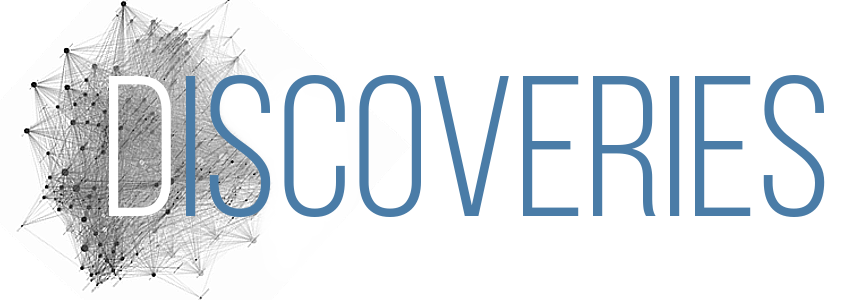As we all await the Supreme Court ruling on the Constitutionality of federal health care reform (the 2010 Affordable Care Act), this summation of the polling data about what and how Americans actually think of the legislation and its various provisions, especially when asked about specific portions of the legislation, is very revealing.
It’s also worth clicking over to Contexts.org to read Skocpol’s short essay “People Like Health Reform When They Know What It Does” (full text online for free).
